CWAN Biannual Commodities Update July 2018
What had been the best year for the commodities markets since 2002, due to optimism about global economic growth, has been disrupted by fear of a trade war between the US and China – the world’s two largest economies and most significant trading partners. The price of commodities like oil, copper, tin, nickel, cotton, and lumber have seen multi-year highs. However, due to the threat of a sizeable trade war, this essential bull-run has unwound. In the hearts of investors, this has led to doubts regarding the steadiness of the global economic growth outlook.

The recent trade and tariff battle have had an impact on broader financial markets. Since the beginning of this year, the S&P 500 has declined, and the currencies of major Asian exporting countries have weakened. However, the major effect has been on the commodities market, which up to May of this year had been quite strong and had rewarded investors with decent returns. The selloff in commodities from a peak in May has triggered weakness in emerging market economies and could lead to a further decline in the demand for raw materials critical for growth.
Prices of all commodities including agricultural products like cotton which were firm fell. Excess supply of wheat and oil also hurt the overall commodity index. The Federal Reserve has opted to take a hawkish stand by raising interest rates twice this year, ensuring a stable US Dollar. Such action can exacerbate the weakness in commodities. Historically, the relationship between commodities prices and the value of the US dollar has been inverse.

Source: tradingeconomics
The notion of gold as a safe-haven investment is fading away. Given the current global economic uncertainty with the ensuing trade war, some observers have anticipated that investors would reallocate assets into gold in en mass. However, data since the start of this year, particularly in the last three months show the price of gold declining by 4%. The decline in the price of gold is due mainly to rising interest rates and the strengthening value of the dollar. With gold being dollar-denominated, it is expensive for overseas buyers to purchase gold.
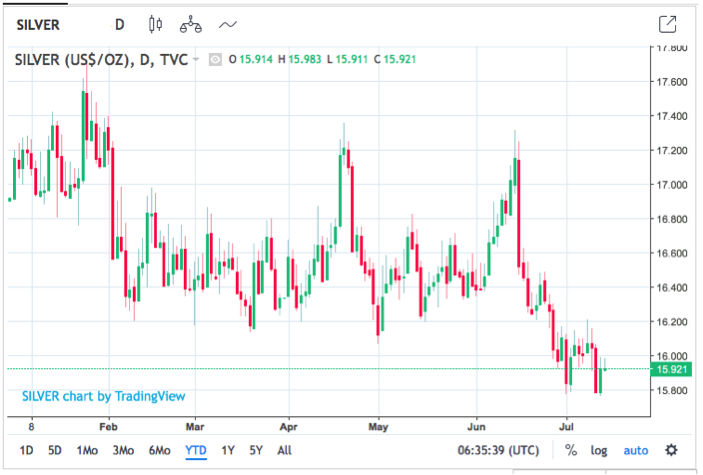
Source: tradingeconomics
Moreover, rising interest rates cause investment in yield-producing assets like treasuries to be more attractive. Gold declined from $1,319.04 per troy ounce at the beginning of Jan 2018 to $1,252.40 /t ounce at the end of June 2018, a decline of $66.64 or 5.05%. Silver, on the other hand, declined from $16.917 per ounce in the start of Jan 2018 to $16.101 at the end of June 2018, a fall of 0.816 or 4.82%.
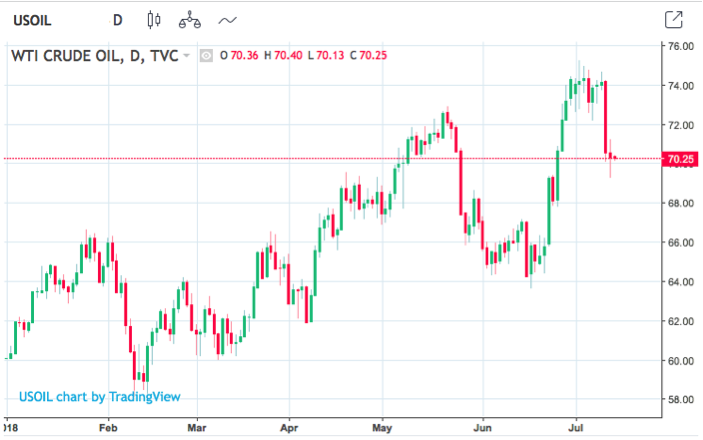
Source: tradingeconomics
As measured by the WTI benchmark, the price of crude oil has advanced considerably moving from $60.09/bbl at the start of the year 2018, to a high of $74.26/bbl at the end of the first half, a rise of $14.17/ bbl which is about 24% in six months. The price increase was mainly due to supply issues stemming from surprise outages in Libya and Canada. Also, US sanctions on Iran and the economic crisis in Venezuela are adding to the supply woes. Both Russia and the OPEC are covering the shortfall in supply currently. Although crude oil had been initially spared in the ongoing tariff dispute, the market has seen a considerable pullback in the price of crude along with other commodities since the close of the quarter in June 2018. The continued trade fracas could further impact oil prices.
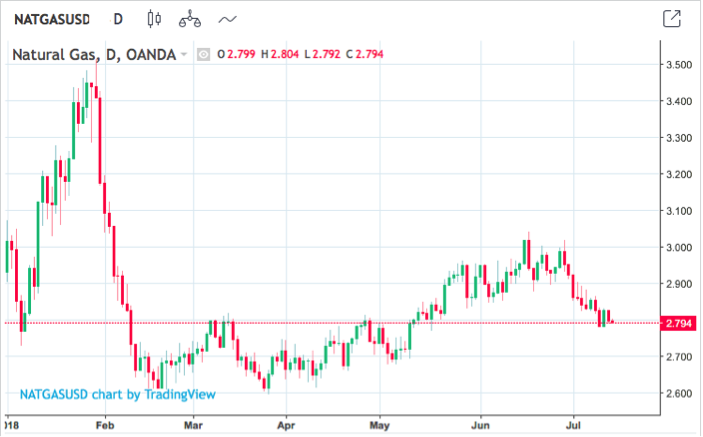
Source: tradingeconomics
Natural gas prices at Henry Hub slipped from 3.449/MMBtu at the end of Jan 2018 to $2.615/MMBtu on February, 19th 2018, a decline of $0.834/ MMBtu around 24%. The fall has been primarily due to heavy selling in what were overbought conditions and forecast of warmer weather and higher than average temperatures in the mid-west. The Canadian Natural Gas Price benchmark at AECO showed a different trend. The year began on a disastrous note with prices sliding from $2.5/ MMBtu to nearly zero levels in April but recovered to $1.5/ MMBtu levels towards the end of the first half of the year. One can attribute the recovery to the general trend of prices rising during the summer months. However, low demand, excess supply, and a lack of pipelines plague Canadian producers. Limited infrastructure to export production volumes is likely to keep downward pressure on prices. Despite the situation, there is a glimmer of hope as the LNG Canada Project, which proposes to export surplus Canadian natural gas to markets in Asia, is making some progress.
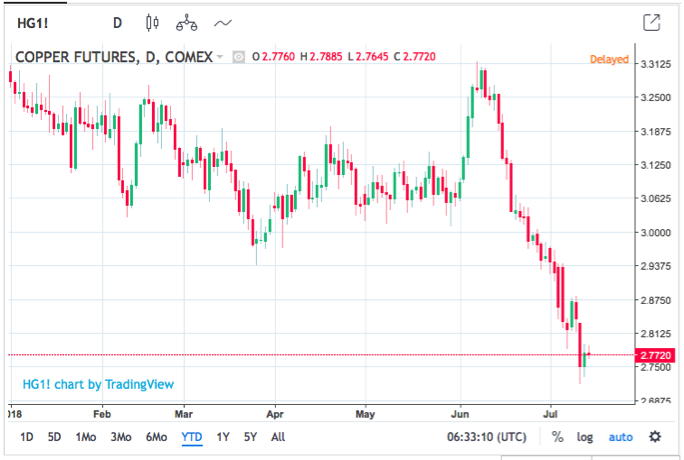
Source: tradingeconomics
Copper had reached a four-year high by early June 2018. However, there was a massive selloff in Copper by mid-June resulting in a price decline of about 14% for the year as President Trump confirmed tariffs of $50 billion on Chinese goods. After a losing streak, prices have bounced back as traders believe the selling based on the tariff and trade tensions was overdone. However, a strong dollar has prevented any significant recovery in copper prices.
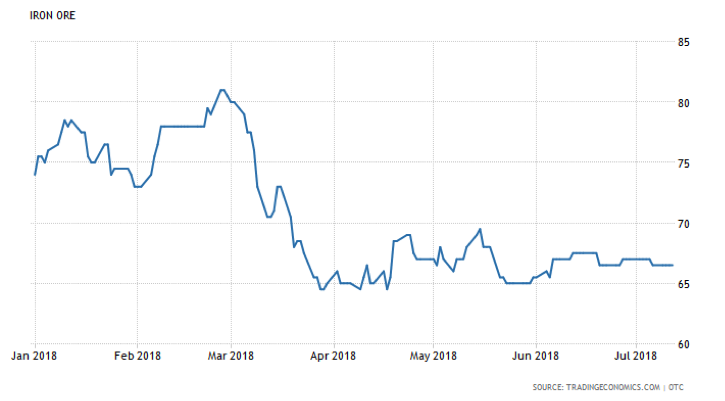
Source: tradingeconomics
While the trade war between the US and China has been at the forefront, there are other significant battles brewing in this global unease. The US has also imposed tariffs on steel and aluminum imports from Canada, with Canada reciprocating. Duties on the Canadian auto industry would destroy the integrated supply chain and business model which has worked across North America for a long time. It will also lead to significant job losses. Given the critical nature of the auto industry to Canada, any major setback would no doubt deal a severe blow to the Canadian economy, which in turn would also adversely affect the demand for commodities like metals used in the auto industry.

Source: tradingeconomics
Volatility has been high in the lumber market, and the trading ranges have been enlarged by the CME to as high as $25 in each direction during mid-June 2018. The all-time highs in lumber are due to the housing construction boom and the US 3% to 24% tariffs announced in April 2018 on Canadian softwood lumber.
China has proceeded to impose retaliatory tariffs on US soybean knowing the impact that could have on President Trump’s voter base. US farmers will mostly suffer the negative effects of the Chinese tariffs on soybean. Already, it seems that the Chinese have achieved their objective of sending a strong message to the US as it relates the soybean trade.
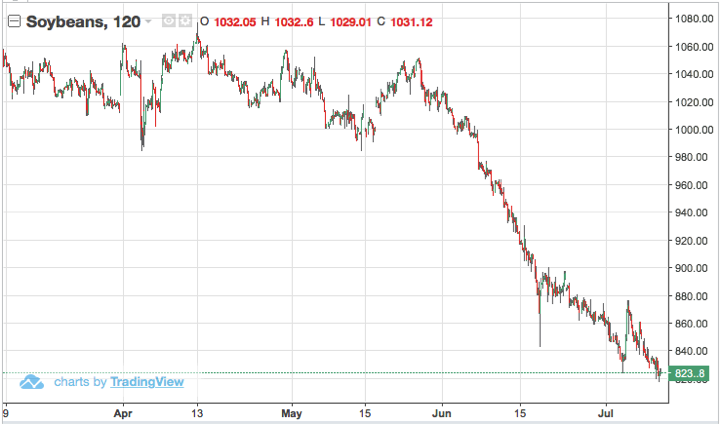
Source: tradingeconomics
Consequently, soybean prices have fallen to the lowest level in the decade due to the Chinese tariffs targeting soybeans from the US. The US is the largest soybean exporter to China, and the duty has the potential to destroy the US soybean export market.
This shock to the global economy has yet to recede and may persist for some time. There could be even greater downside risk on the commodities market due to the fears of the ongoing trade disputes which may escalate into a full-blown trade war.
